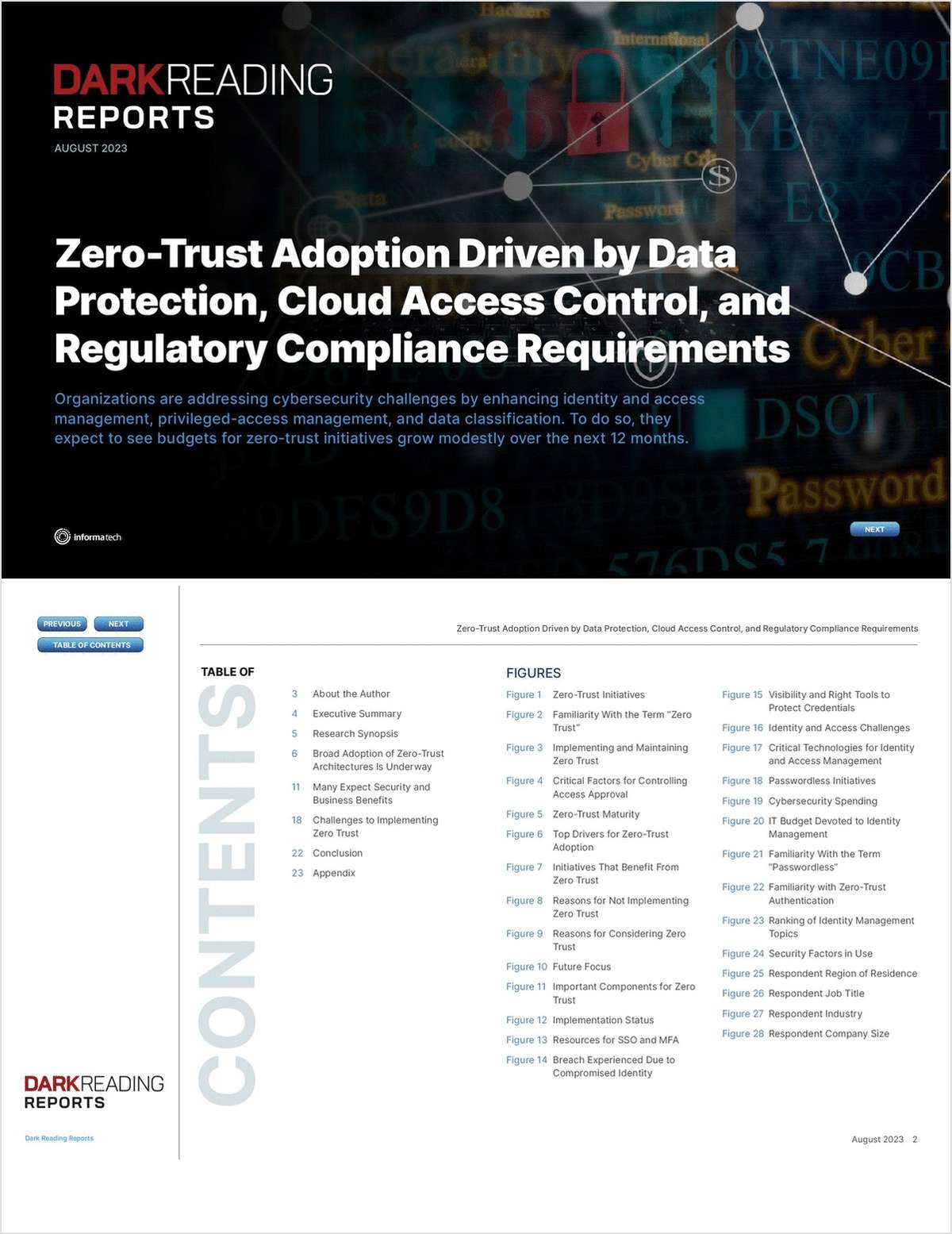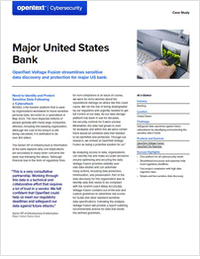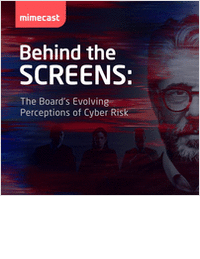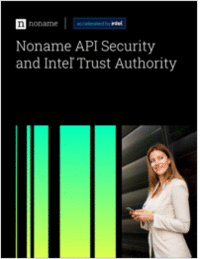Request Your Free Report Now:
"Zero-Trust Adoption Driven by Data Protection, Cloud Access Control, and Regulatory Compliance Requirements"
Zero-trust initiatives are a key focus for many companies. Nearly 30% of organizations are already rolling out zero-trust initiatives to control access to their data and assets and more than 80% will have the capability within the next 18 months. Organizations are addressing cybersecurity challenges by enhancing identity and access management, privileged-access management, and data classification. They expect to see budgets for zero-trust initiatives grow modestly over the next 12 months.
Dark Reading’s 2023 Zero-Trust Survey of 124 IT and security professionals points to factors driving zero-trust adoption, including efforts to bolster data protection, enable better cloud access control, meet regulatory compliance requirements, and address risks related to a growing remote workforce. Many enterprises have implemented a zero[1]trust security strategy in the past year — or plan to do so over the coming 12 months — to address a variety of security use cases. By the end of 2024, more than 80% of the IT and security professionals in Dark Reading’s survey expect to have a zero-trust initiative in place at their organization. The primary drivers for zero-trust adoption are data protection, cloud access control, remote workforce[1]related risks, and regulatory compliance interest in zero-trust models cuts across organizational size and industries. Relatively small organizations and very large organizations appear to be adopting zero-trust approaches in equal numbers. Many of those who have deployed zero trust as well as those still in the process of doing so expect long-term benefits that extend beyond strong access controls and authentication.A high percentage of organizations already have key components in place for enabling zero-trust architectures. These include strong identity and access management (IAM) controls, multifactor authentication (MFA), single sign-on (SSO) capabilities, and endpoint detection and response mechanisms. Employing these controls, security and IT professionals mostly appear confi[1]dent about their ability to address threats related to identity and access. But challenges remain, especially around password management, managing cloud access, enforcing least-privileged access, and managing privileged access.Over the next 12 months, many organizations plan to address these challenges by enhancing their capabilities in several of these areas — including IAM, privileged-access management, and data classification. A high percentage of respondents expect to see budgets for zero-trust initiatives grow over the next 12 months. Even so, the increases would likely be modest: The expected percentage increases tended to be on the lower side.
Offered Free by: Dark Reading
See All Resources from: Dark Reading






